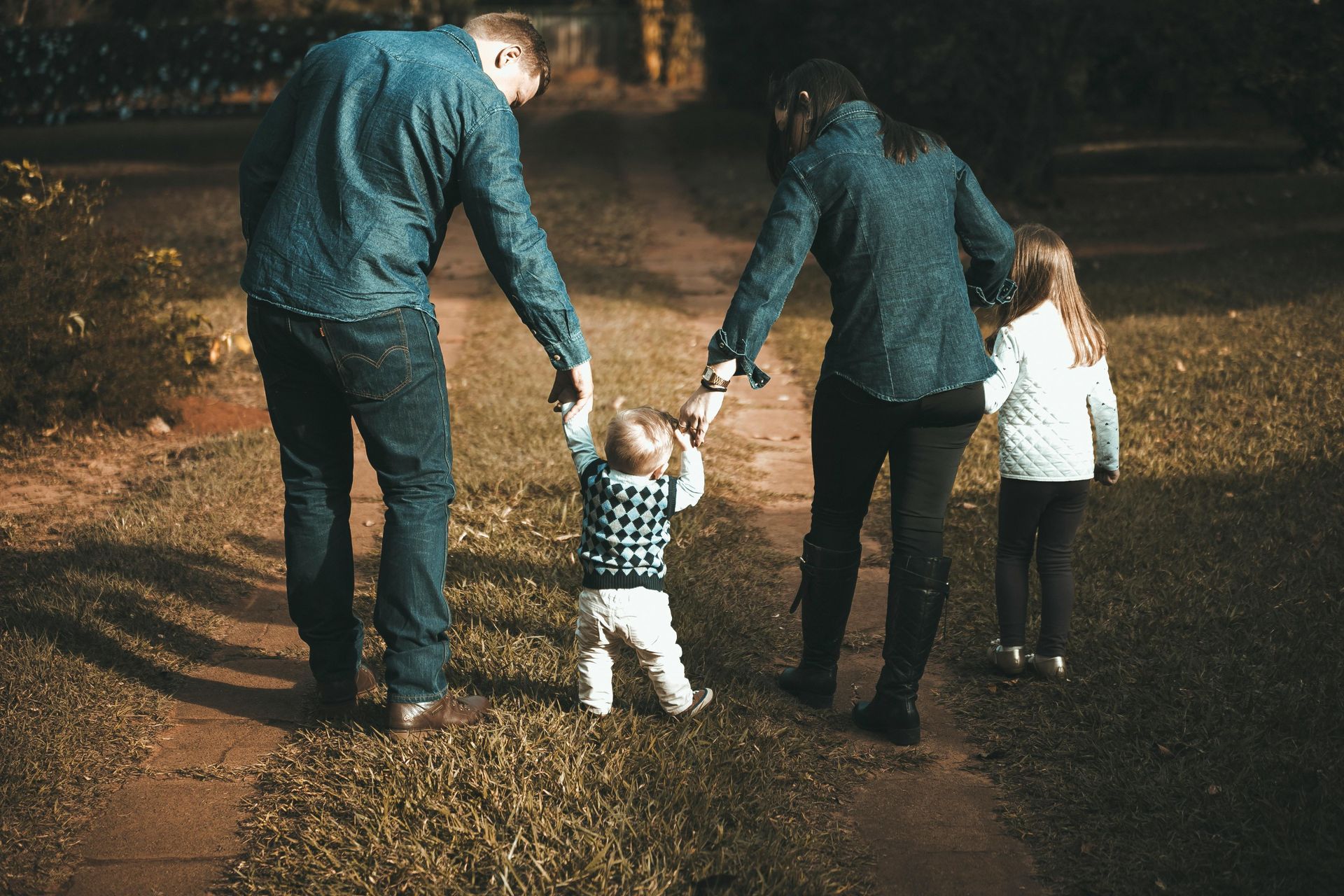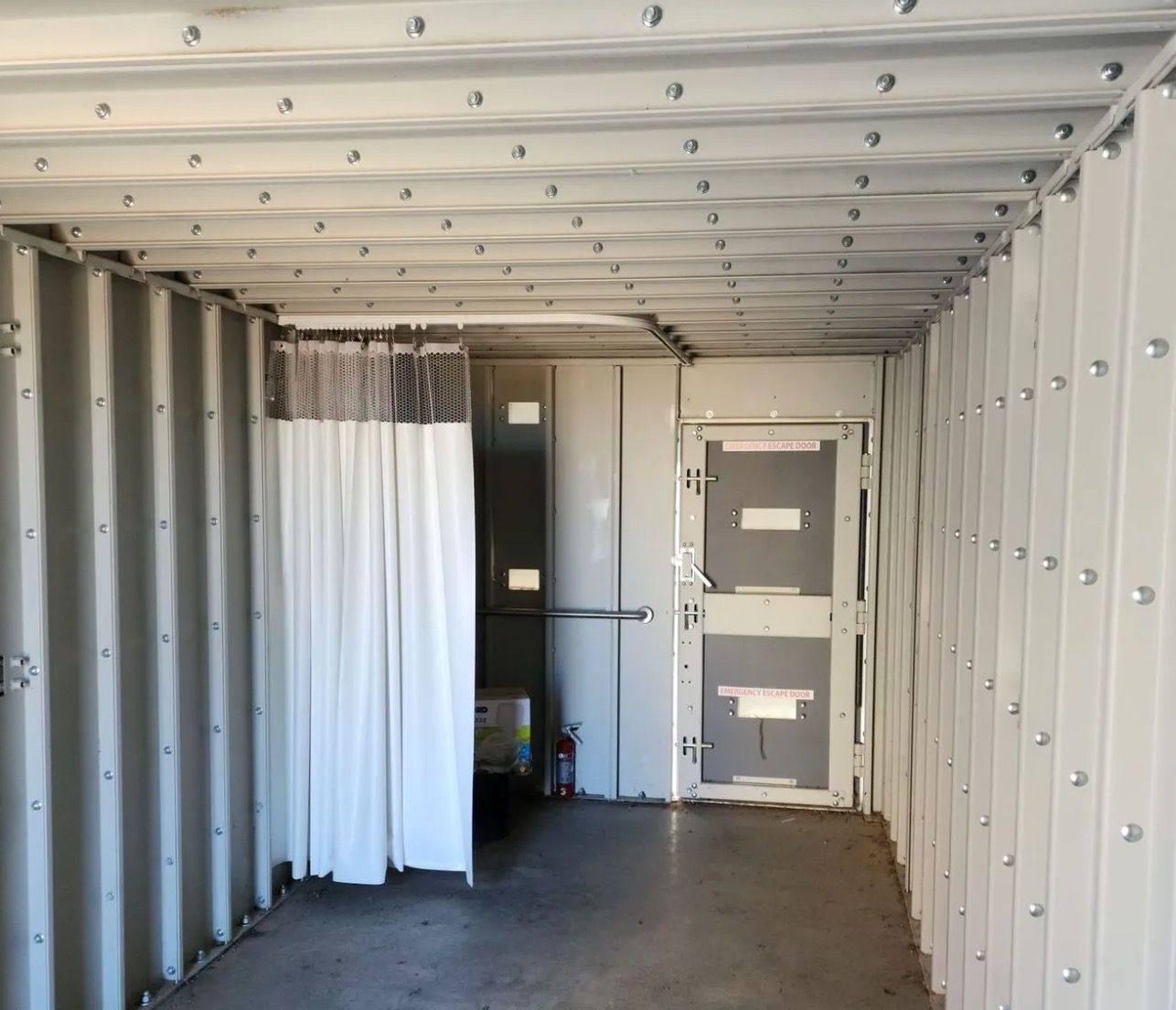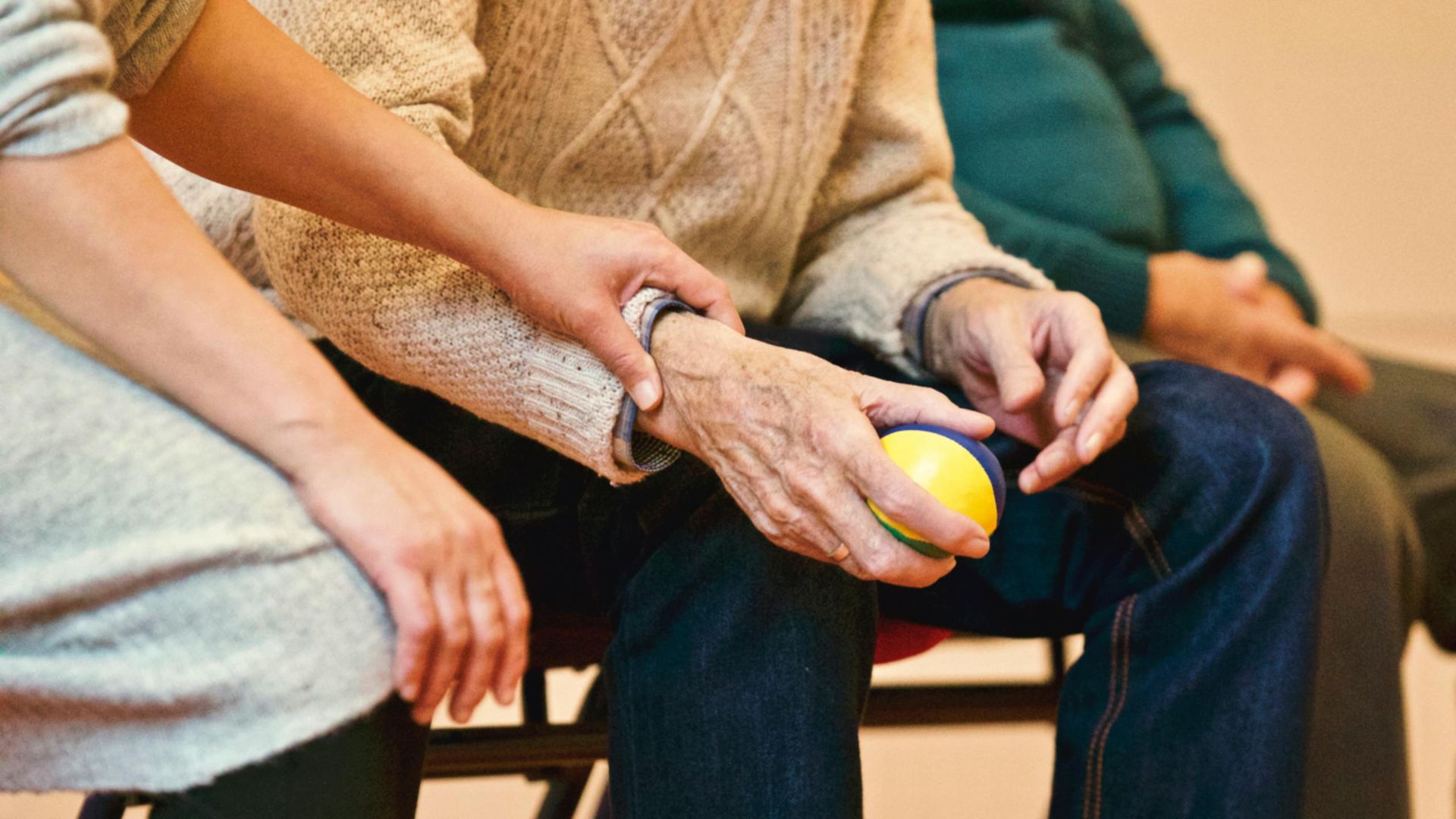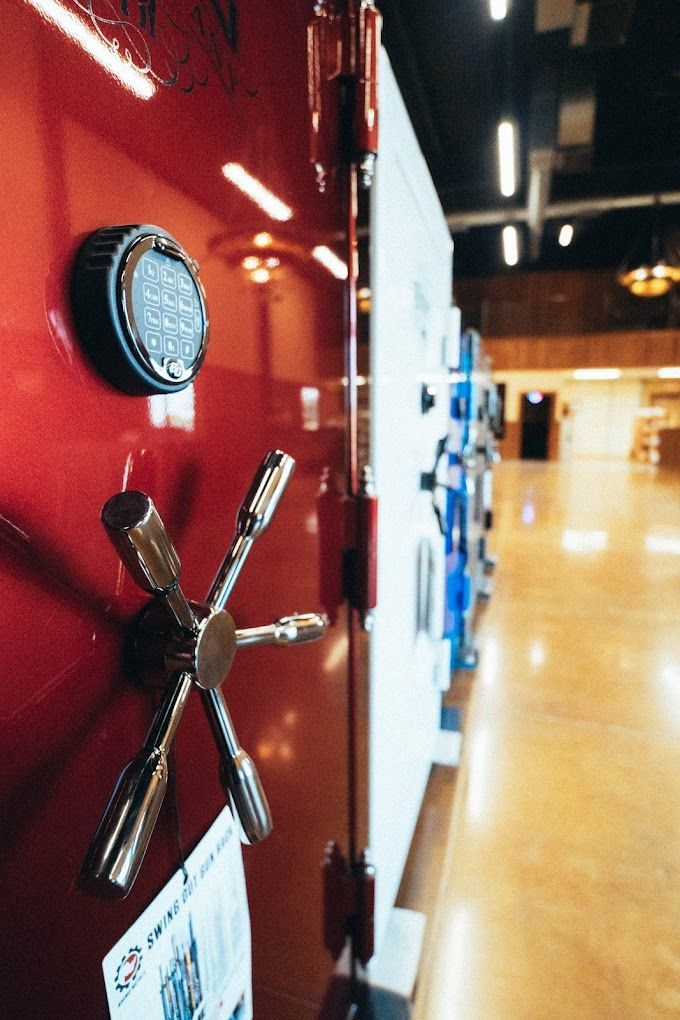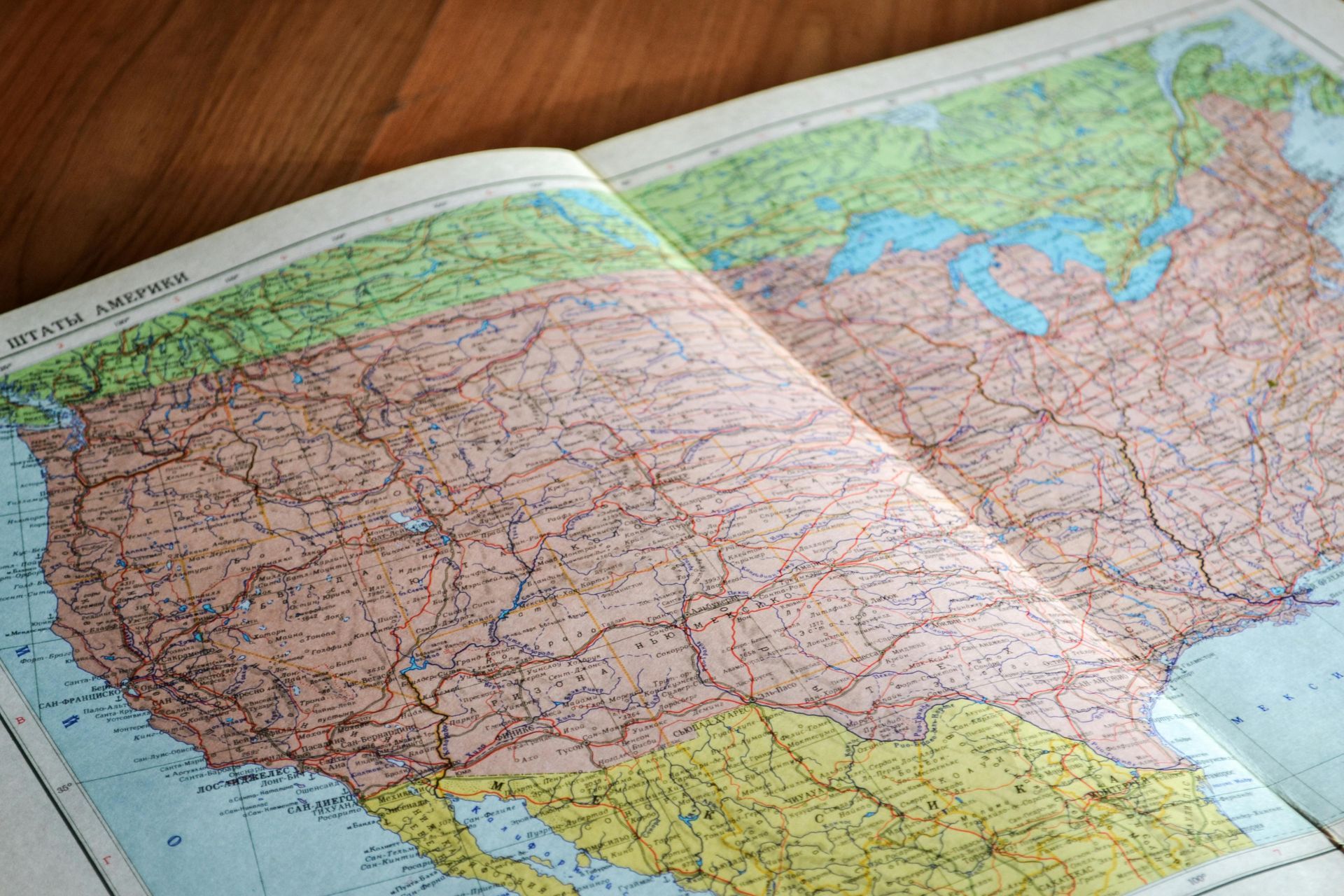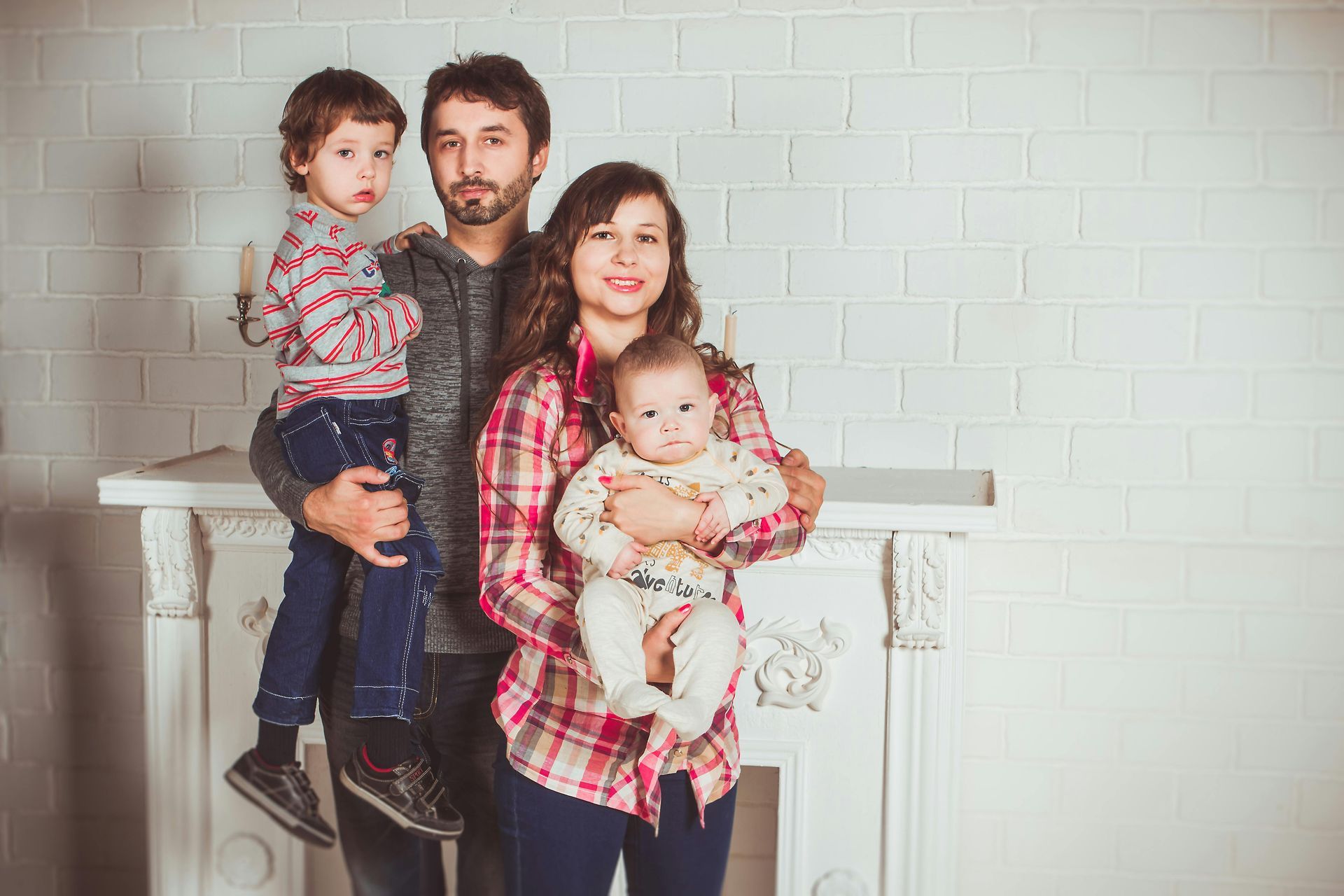Are Basements as Safe as Safe Rooms? (And Can You Retrofit One Into Your Home?)
Are Basements as Safe as Safe Rooms? (And Can You Retrofit One Into Your Home?)
As extreme weather becomes more common in tornado-prone states like Missouri, Kansas, and Oklahoma, more homeowners are asking two key questions:
Is my basement enough to keep my family safe — or do I need a certified safe room? And if I do need one, can it be added to the home I already live in?
This post breaks down those two questions with direct answers, data from FEMA and structural safety experts, and practical advice for homeowners considering the next step in storm protection.
Is a basement as safe as a certified safe room?
No — basements are not as safe as certified safe rooms.
While basements provide some protection from wind and flying debris, they do not meet FEMA’s criteria for life-saving shelter. A basement can still be crushed by structural collapse or filled with dangerous debris in an EF-4 or EF-5 tornado. In contrast, certified safe rooms are specifically designed to provide what FEMA calls “near-absolute protection.”
According to FEMA P-361 guidelines:
“The best available refuge areas, such as basements, cannot match the life-safety performance of a well-designed and constructed safe room.”
— FEMA P-361, Fourth Edition, 2021
Certified safe rooms are built to:
- Withstand wind speeds up to 250+ mph (EF-5 tornadoes)
- Resist missile impact from flying debris
- Remain structurally sound even if the surrounding building collapses
- Be installed above or below ground, depending on your lot and home
Bottom line: If your goal is to protect your family during severe storms, a basement is better than nothing — but a FEMA-compliant safe room offers a significantly higher level of protection and peace of mind.
Can I retrofit a safe room into my existing home?
Yes, you can retrofit a safe room — but it typically costs more than installing one during new construction.
FEMA and the National Storm Shelter Association confirm that retrofitting is both possible and common, especially for homes in high-risk areas without basements or where new construction isn't planned. However, the process involves reinforcing floors, walls, or slabs, which adds complexity.
Key Considerations:
- Location: Most retrofitted safe rooms are placed in garages, laundry rooms, or closets with concrete foundations.
- Cost: Retrofitting usually costs 15–25% more than integrating a safe room into a new build (FEMA P-320, 2021).
- Permits & Codes: You’ll need to follow local building codes and possibly pass a FEMA or ICC 500 inspection to ensure it qualifies for rebates or grant funding.
According to the Federal Alliance for Safe Homes (FLASH):
“A safe room can be added to nearly any home, and many communities offer grant funding to offset installation costs.”
Retrofitted safe rooms can be modular, panelized, or concrete-based — depending on your space and budget.
Quick Summary:
- Basements offer limited protection during tornadoes but are not certified to withstand EF-4 or EF-5 storms.
- Certified safe rooms are engineered to meet FEMA and ICC 500 standards and are tested to survive 250+ mph winds and flying debris.
- Safe rooms can be retrofitted into existing homes, though it generally costs more than installing one during new construction.
- Retrofitted safe rooms must meet local code requirements and may qualify for FEMA grant funding.
- If safety and structural integrity during extreme weather are priorities, a certified safe room is a significantly safer option than a basement.
Sources Cited:
- FEMA P-361, Fourth Edition. (2021). Safe Rooms for Tornadoes and Hurricanes. FEMA.gov
- FEMA P-320, Fourth Edition. (2021). Taking Shelter from the Storm: Building a Safe Room for Your Home or Small Business.
- National Storm Shelter Association (NSSA). nssa.cc
- FLASH – Federal Alliance for Safe Homes. flash.org
About the Author: Stronghold Safe Rooms
Stronghold Safe Rooms is a trusted leader in storm protection across Missouri, Oklahoma, Kansas, and Arkansas. Our safe rooms are engineered to meet or exceed FEMA P-361, ICC-500, and IBC 2015 standards and are tested to withstand EF-5 tornadoes with 250+ mph winds. Every Stronghold unit features steel-reinforced construction, secure ventilation, and verified anchoring systems to ensure maximum safety for your family or business.
We’ve helped hundreds of homeowners and contractors secure properties with proven, code-compliant protection — because when it comes to safety, cutting corners isn't an option.

